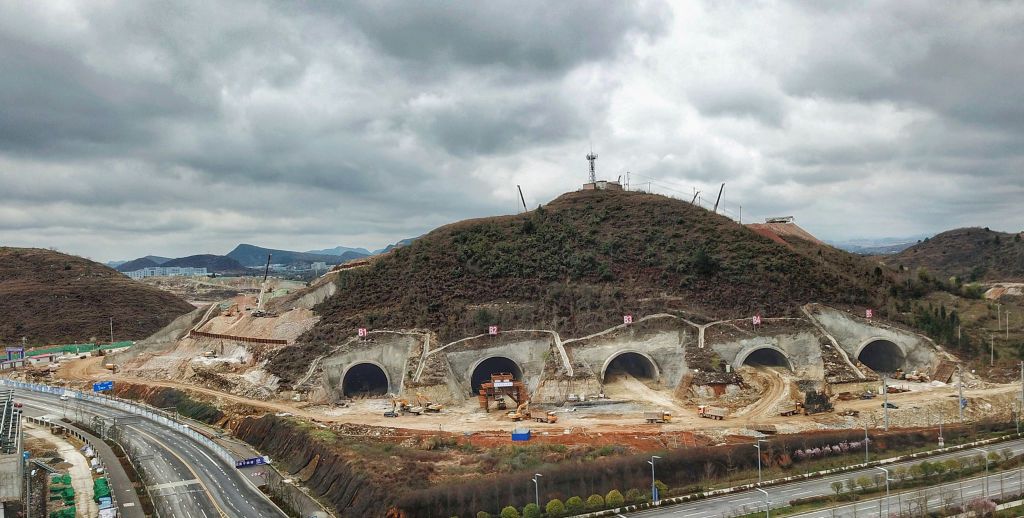How Energy-Generating Sidewalks Work
How Energy-Generating Sidewalks Work
Energy-generating sidewalks are a sustainable technology that harnesses the power of human footsteps to generate electricity. These sidewalks are…

How Energy-Generating Sidewalks Work
Energy-generating sidewalks are a sustainable technology that harnesses the power of human footsteps to generate electricity. These sidewalks are typically equipped with special tiles that convert the mechanical energy from walking into electrical energy.
The tiles used in energy-generating sidewalks are made of materials such as piezoelectric crystals or kinetic pads that produce electric current when pressure is applied.
When a person walks on these tiles, the pressure exerted by their weight causes them to deform slightly, generating a small amount of electricity in the process.
This electricity can then be stored and used to power streetlights, traffic signals, or other urban infrastructure, reducing the strain on the grid and lowering carbon emissions.
Energy-generating sidewalks can also be integrated with smart city technologies to track foot traffic patterns and optimize energy generation in high-traffic areas.
These sidewalks not only provide a sustainable energy source but also promote physical activity and health by encouraging people to walk more.
As cities around the world look for ways to reduce their carbon footprint and increase sustainability, energy-generating sidewalks offer a promising solution to generate clean energy from a readily available resource.
Overall, energy-generating sidewalks are a innovative and eco-friendly way to power urban infrastructure while promoting environmental responsibility and healthier lifestyles.





